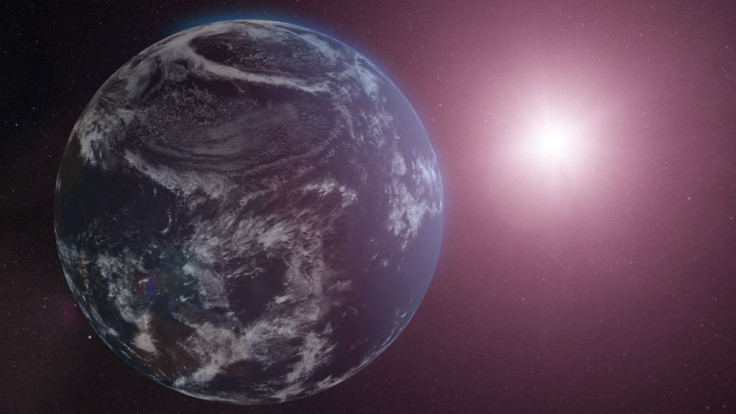Ancient Lake Deposits Show Earth's Biosphere Before Animals Emerged Was Very Different

Earth, the planet we call home, is full of life and biodiversity. It came to be billions of years ago and has evolved into a place capable of hosting humans, who are now looking for other worlds of the same kind.
The planet currently provides adequate conditions — a rocky surface, stable atmosphere — to support life as we know it, but things weren’t the same in the beginning. Scientists believe that over eons of evolution, Earth’s biosphere witnessed a number of changes.
Now, an international team of researchers has got the oldest evidence to build on this theory — 1.4 billion-year-old oxygen isotopes that provide critical insight into Earth’s ancient biosphere and reveal what our planet looked like before the emergence of complex animal life.
The team, which included researchers from McGill University, Yale University, University of California Riverside and Lakehead University, collected well-preserved salts from 1.4 billion-year-old sedimentary rocks located just north of the evaporative Lake Superior in Ontario.
These salts, also known as sulfates, are known to trap oxygen from the atmosphere, which prompted the group to use specialized mass-spectrometry techniques at Louisiana State University to probe the material. The test worked as expected and they were able to extract ancient oxygen isotopes from salts.
The finding, which has been touted as the oldest oxygen isotopes ever measured, indicated oxygen levels prevailing in the atmosphere 1.4 billion years ago were much lower than what they are today. This supported the idea that atmospheric composition was a lot different back in the day.
According to the researchers, the atmosphere had low levels of oxygen probably due to the less productive biosphere and less-active microbial life.
It is well established that microorganisms like algae, cyanobacteria use carbon dioxide to produce organic material and pump oxygen into the air — a process known as primary production. However, this study shows that such production was very less 1.4 billion years ago.
"This means that the size of the global biosphere had to be smaller, and likely just didn't yield enough food — organic carbon — to support a lot of complex macroscopic life," senior co-author Boswell Wing said in a statement.
The subdued primary productivity, as the team described, was also one of the factors that contributed to what has been dubbed as “Boring Billion” or the "Dullest Time on Earth" — when the planet hardly witnessed any biological or environmental change between 2 billion to 800 million years ago.
That said, this, as well as other studies aimed at understanding the early conditions prevailing on the planet, will help scientists determine what to look for while searching for life beyond Earth.
"For most of Earth history our planet was populated with microbes, and projecting into the future they will likely be the stewards of the planet long after we are gone," Peter Crockford, the lead author of the study, added. "Understanding the environments they shape not only informs us of our own past and how we got here, but also provides clues to what we might find if we discover an inhabited exoplanet."
The study titled “Triple oxygen isotope evidence for limited mid-Proterozoic primary productivity” was published July 18 in the journal Nature.
© Copyright IBTimes 2024. All rights reserved.





















